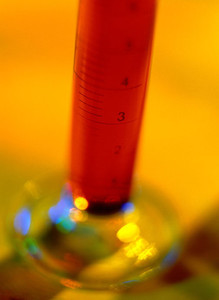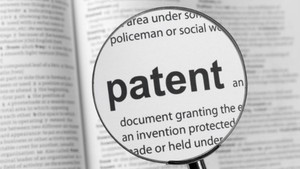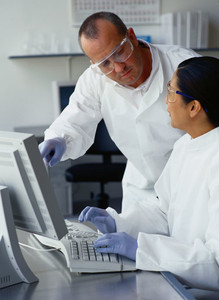In an article by Xencor President and CEO Bassil Dahiyat, published in Pharmaceutical Executive on 4 November 2009, the development of ‘biobetter’ follow-on biologics (FOBs) — optimised versions of pioneer drugs that have improved pharmaceutical properties but carry only minor changes in structure — is discussed.
Innovation over imitation: High-cost biosimilar FOB development, slow uptake
Biosimilars/General
|
Posted 03/02/2010
 0
Post your comment
0
Post your comment

“Why is innovation in future biologicals critical to sustaining success in the specialty market?” Mr Dahiyat asks in his article. “Because most FOBs will never be identical to the innovator product, and will therefore face different market challenges than bioequivalent small-molecule generics”, he answers. The burden of developing so-called ‘generic’ biologicals (or ‘biosimilars’) has been fiercely debated, and the consensus is that development will take up to 10 years and cost between US$100 million and US$200 million.
Mr Dahiyat points out that these factors are likely to extend time lines and drive development and marketing costs into the range for innovative biologicals, rather than what is required to support small-molecule generics. As a result, FOB manufacturers may not have the flexibility to compete with an innovator product, even though that is a key rationale for FOBs in the first place. Because of the development costs and potential for a lower return-on-investment, fewer companies are expected to compete in FOBs, which lowers the prospect of real pricing competition even further.
As Mr Dahiyat informs, in a June 2009 report, the Federal Trade Commission anticipated competition similar to that between branded products, with modest price reductions that allow the originator product to maintain the majority of its market share. But, according to Mr Dahiyat, this does not lead to real savings gains for health insurers and Pharmacy Benefit Managers, which creates a challenge for building market share.
“If the FOB isn't interchangeable and requires a separate prescription, what is the likelihood that a physician would choose the FOB over the innovator product?” he asks. “And with slow uptake, generics manufacturers won't be able to capture enough market share to recoup expenses”.
Mr Dahiyat writes that Datamonitor surveys conclude that uptake of biosimilar FOBs in the US will be slow, regardless of how much Congress greases the policy wheels, until at least the middle of the next decade. It forecasts about US$2 billion in sales by 2014, at which point growth will decline due to the entrance of second-generation FOBs. “And that assessment doesn't even take into account second-generation branded products that will further erode market potential for FOBs”, he adds. (see also Innovation over imitation: New FOBs technologies, Innovation over imitation - Charting the FOBs landscape, Innovation over imitation: Tools to compete and win with ‘biobetter’ FOBs, Innovation over imitation - How to deliver FOBs on the bottom line and Innovation over imitation: ‘Biobetter’ follow-on biologics)
Reference:
Bassil Dahiyat. Innovation Over Imitation. Pharmaceutical Executive. 2009 November 4.
Source: Pharmaceutical Executive
Research
Reaching ESG goals in pharmaceutical development
What is the future for the US biosimilar interchangeability designation
News
FDA approves six denosumab biosimilars
EMA recommends approval for four biosimilars targeting three therapies
Most viewed articles
The best selling biotechnology drugs of 2008: the next biosimilars targets
Global biosimilars guideline development – EGA’s perspective
Related content
Samsung Bioepis wins Pyzchiva case; Regeneron patent rulings threaten foreign biosimilars
Chinese biosimilars go global: growth, partnerships, and challenges
Stelara biosimilars enter US market with 85% discount in 2025
IFPMA publishes position on pharmacy-mediated substitution for biosimilars
Samsung Bioepis wins Pyzchiva case; Regeneron patent rulings threaten foreign biosimilars

Biosimilars/General Posted 30/07/2025
Chinese biosimilars go global: growth, partnerships, and challenges

Biosimilars/General Posted 30/04/2025
IFPMA publishes position on pharmacy-mediated substitution for biosimilars

Biosimilars/General Posted 21/03/2025
The best selling biotechnology drugs of 2008: the next biosimilars targets







Post your comment